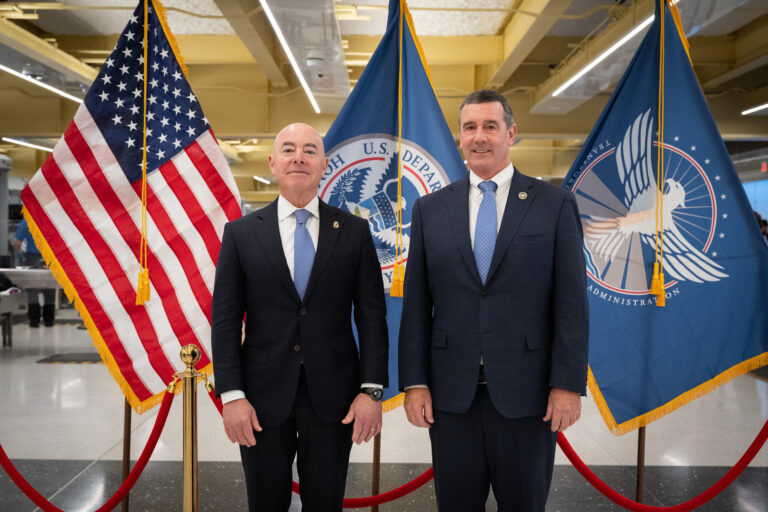Last week, David Pekoske, administrator of the US Transportation Security Administration (TSA) testified before the House Committee on Appropriations Subcommittee on Homeland Security regarding the Fiscal Year 2025 President’s Budget request, which includes US$11.8bn for TSA.
The FY 2025 President’s Budget request includes US$89.6m and US$9.3m to procure additional systems within the Checkpoint Property Screening System (CPSS) and credential authentication technology (CAT) programs. Pekoske said these resources will “address capability gaps to detect new and evolving threats to civil aviation in current property screening technology reliably and efficiently, all while improving the customer experience”.
The administrator said TSA needs a total of 3,585 CAT and 2,263 CT machines to reach full operational capability (FOC). “Currently, TSA estimates CPSS procurements are an estimated 40% of FOC, which puts deployments at approximately 35% for CPSS and 57% for CAT,” Pekoske said.
“Based on past, present and current projected funding, TSA will meet FOC for CAT machines in FY 2049 and CPSS in FY 2042, respectively. These timelines can improve, with your continued support, as TSA has the vendors, contracts and processes in place to significantly reduce the time to achieve FOC. Full and dedicated funding for CPSS and CAT are imperative for the nation’s security at airport checkpoints.”
Pekoske went on to say that the budget balances growth and advancement with tough choices. “This includes moderate growth in technology acquisitions and research and development of new technologies, continues to propose the elimination of exit lane staffing by Transportation Security Officers at US$111m, and finds efficiencies in staffing, contracts and travel for a total of US$105m,” he said, adding that the budget also “proposes the elimination of the Visible Intermodal Prevention and Response program of US$68m, which removes a surge capacity to protect airports and surface transportation systems”.
Pekoske said he looked forward to working with the House to end the diversion of the Aviation Passenger Security Fee to deficit reduction, restoring those funds to provide for the true purpose of aviation security.
In related news, US Transportation Security Administration (TSA) administrator David Pekoske and other TSA leaders recently met with innovation partners to explore ways that TSA can make the most of commercial technology to get advanced solutions in the hands of employees faster. Click here to read the full story.


